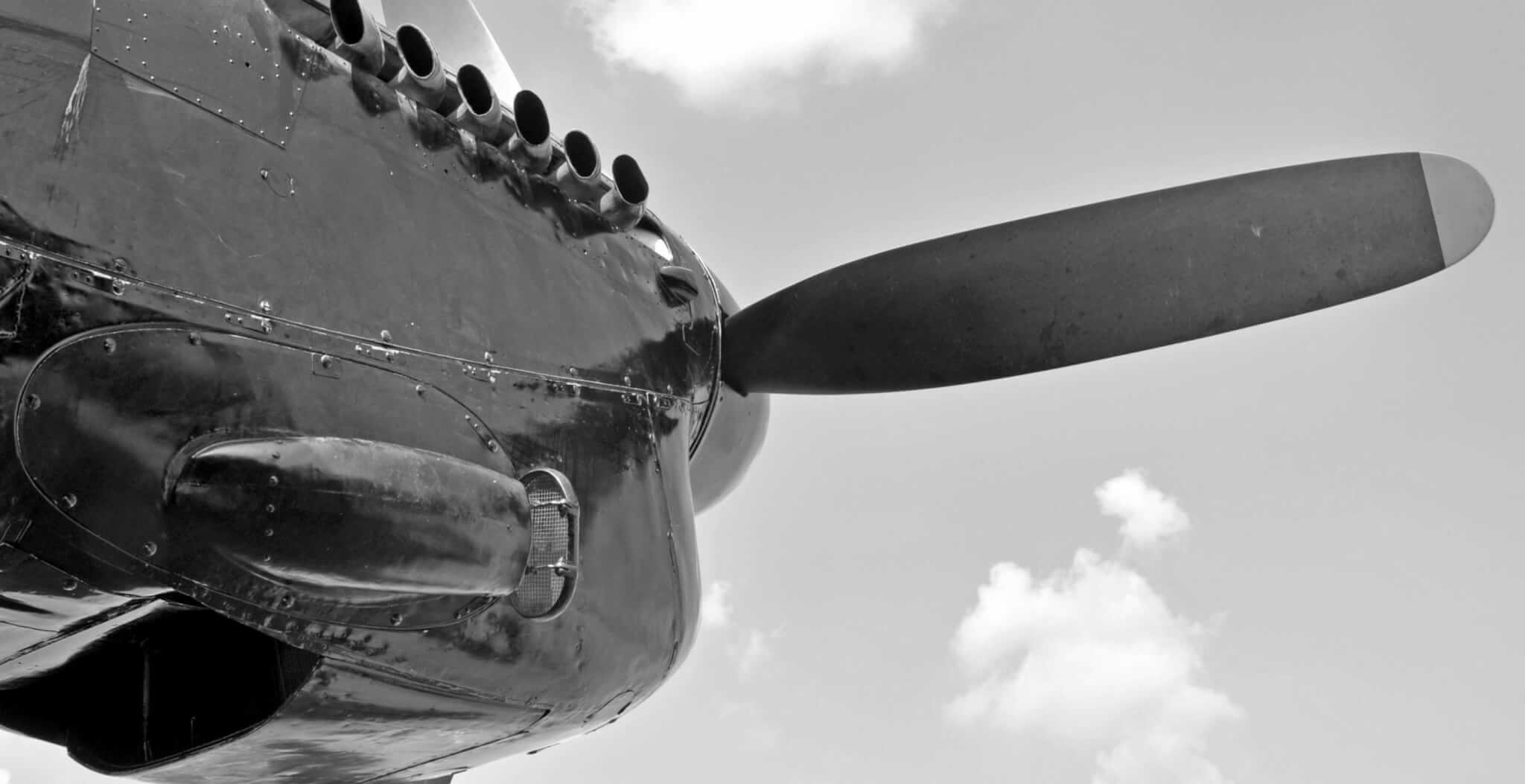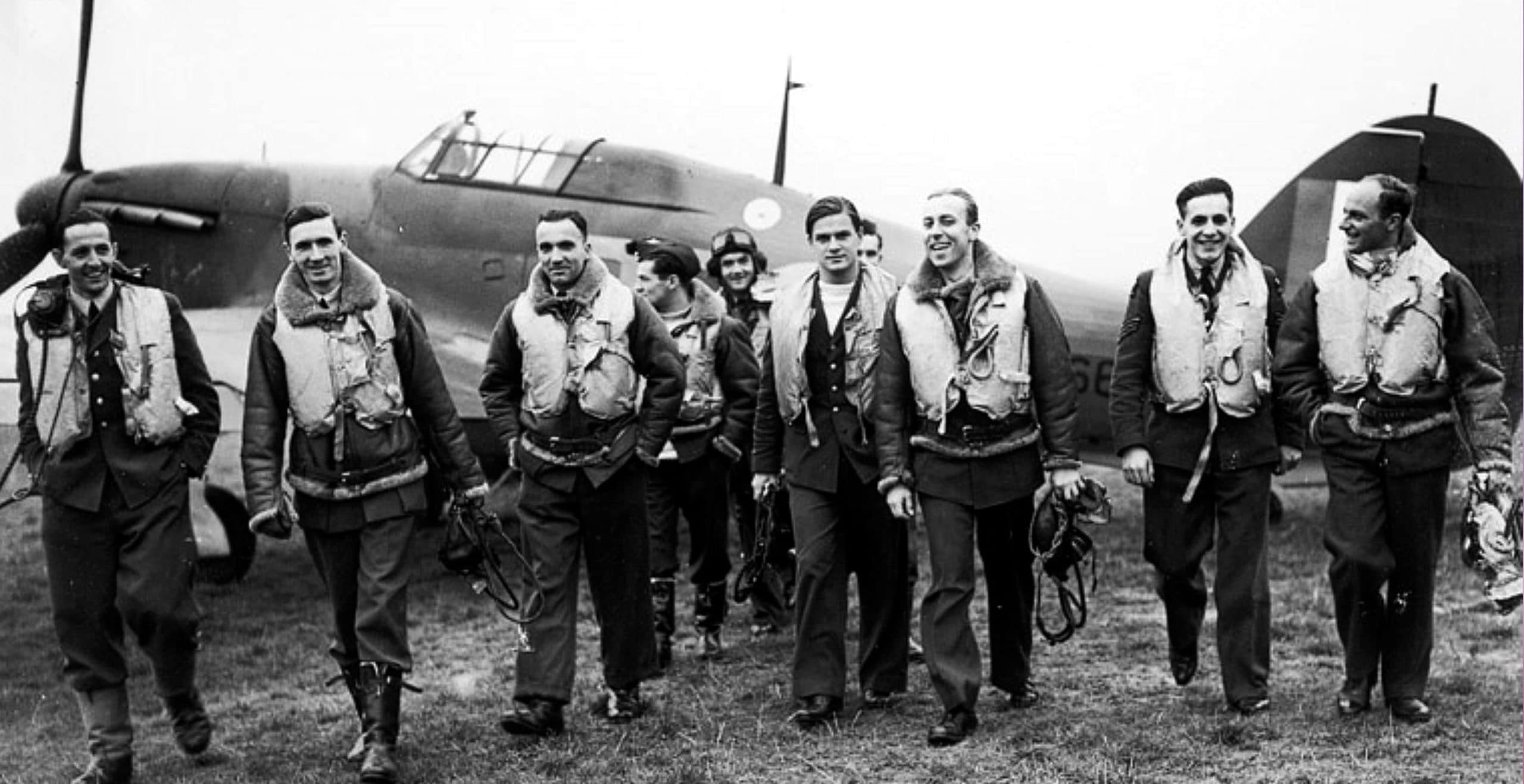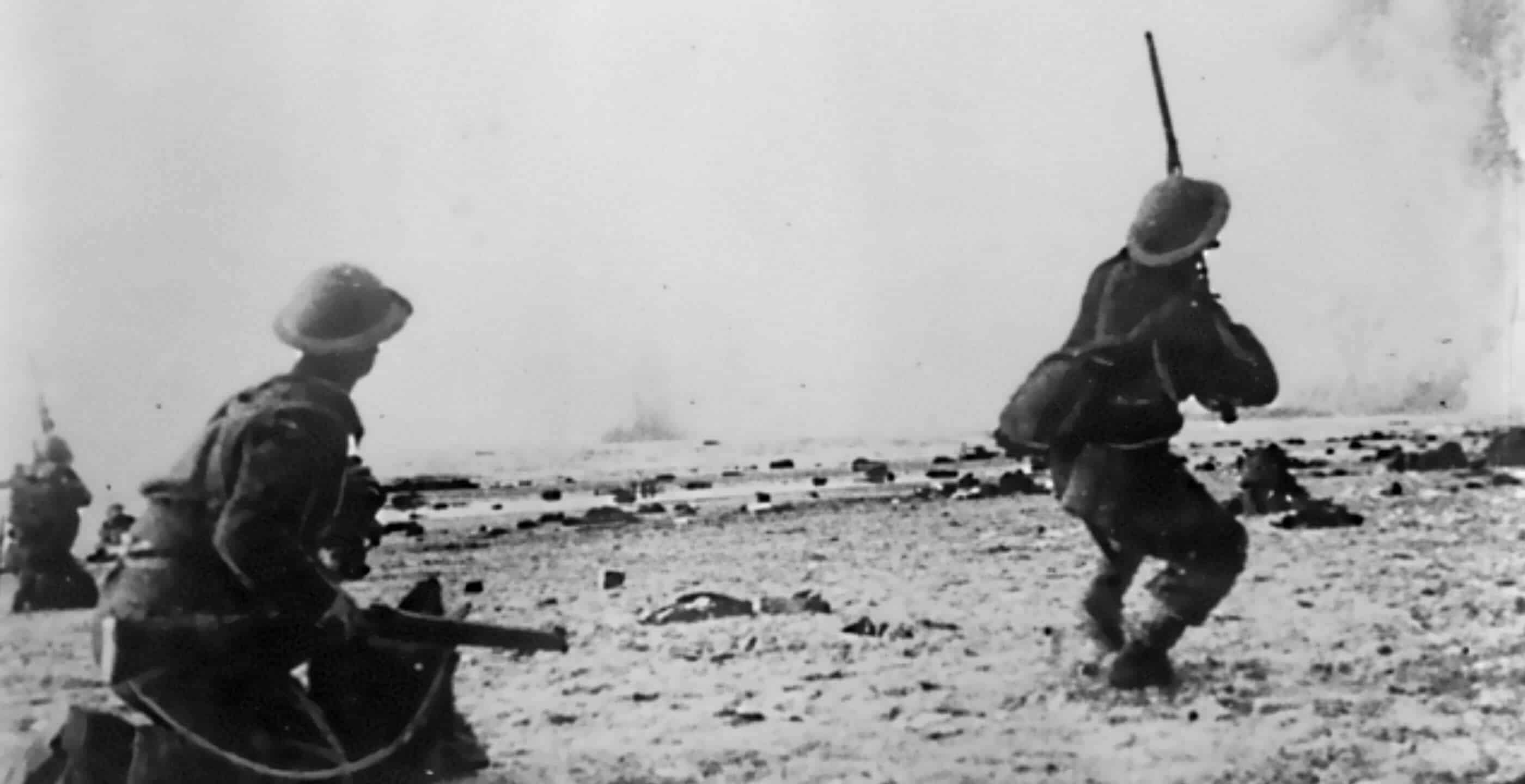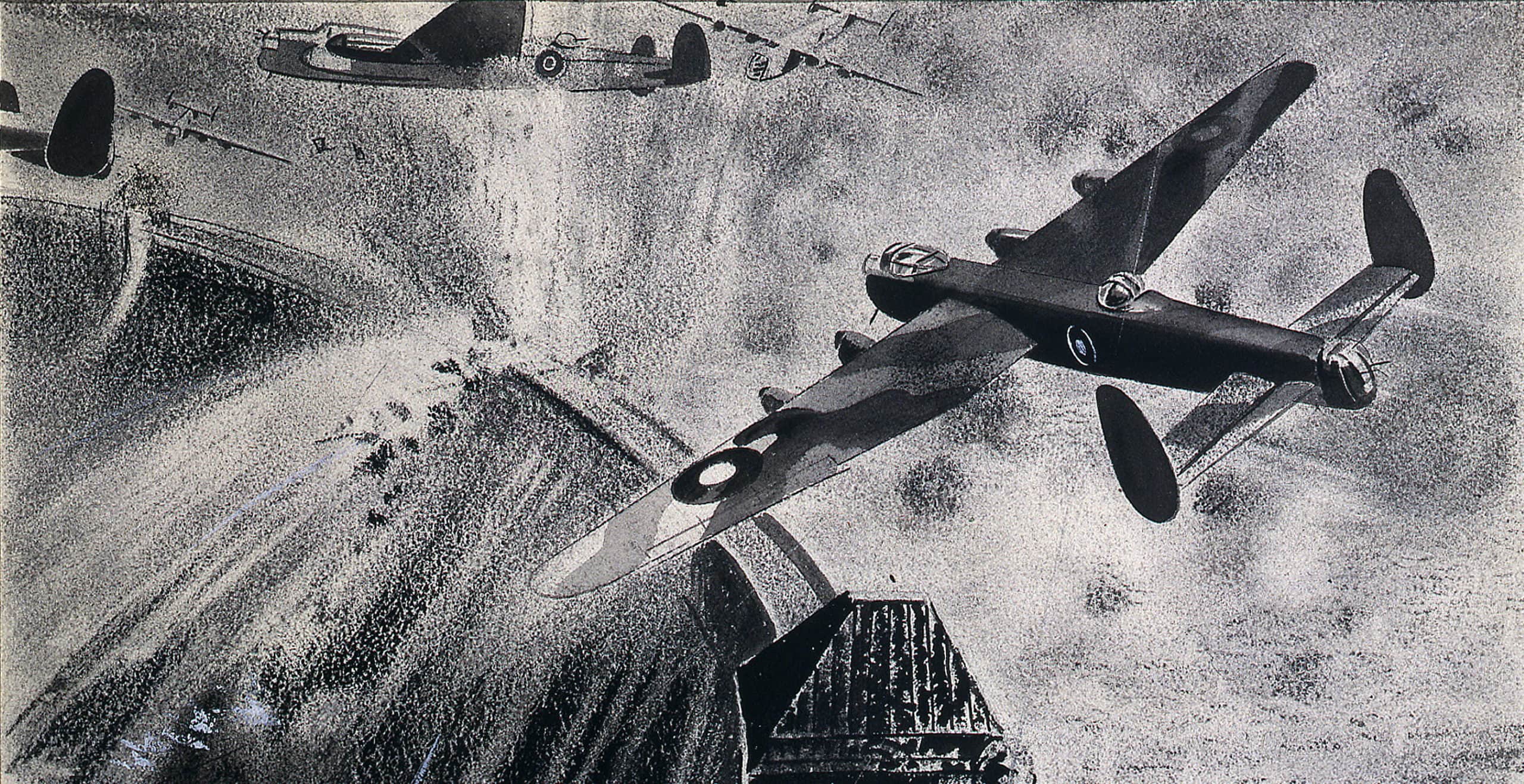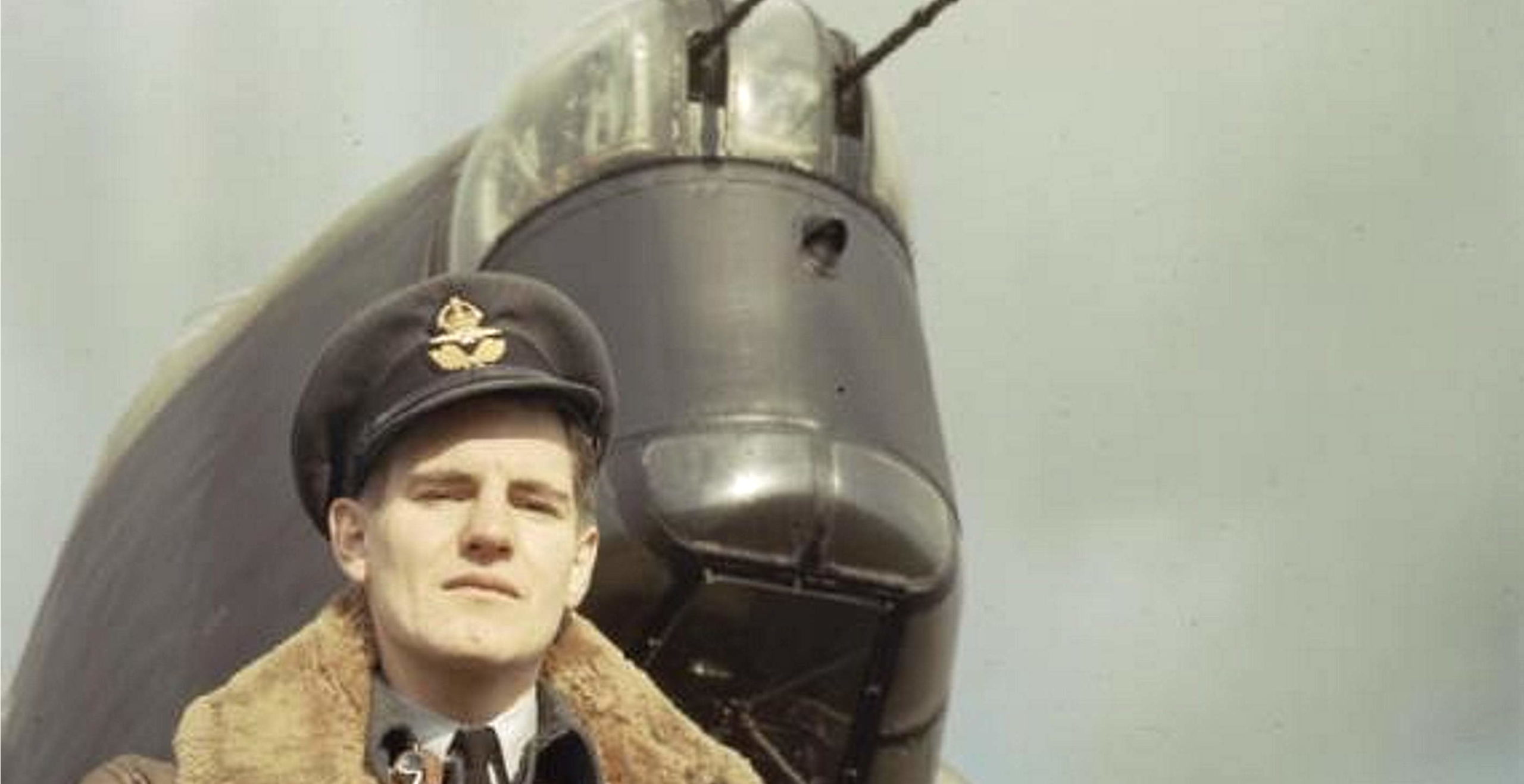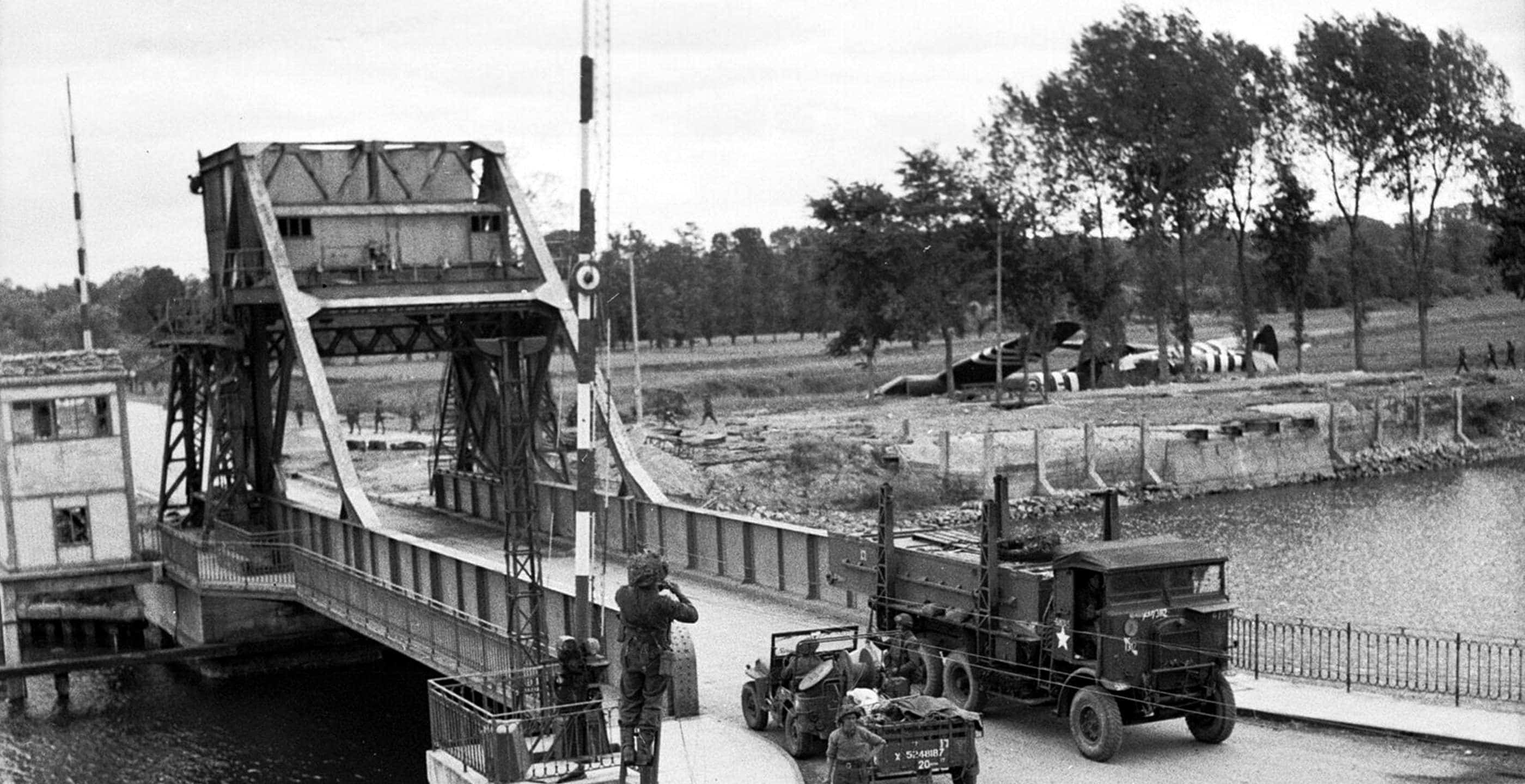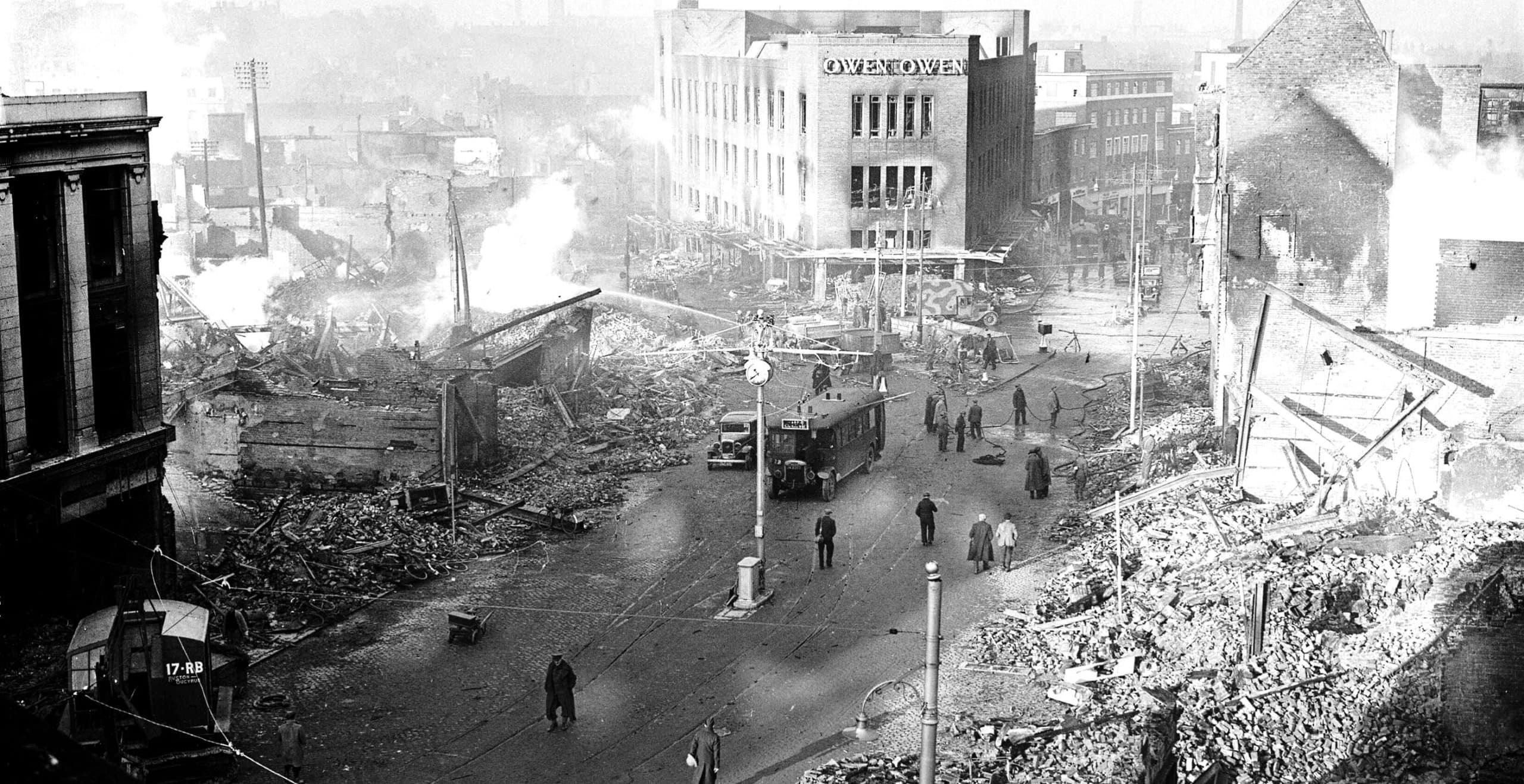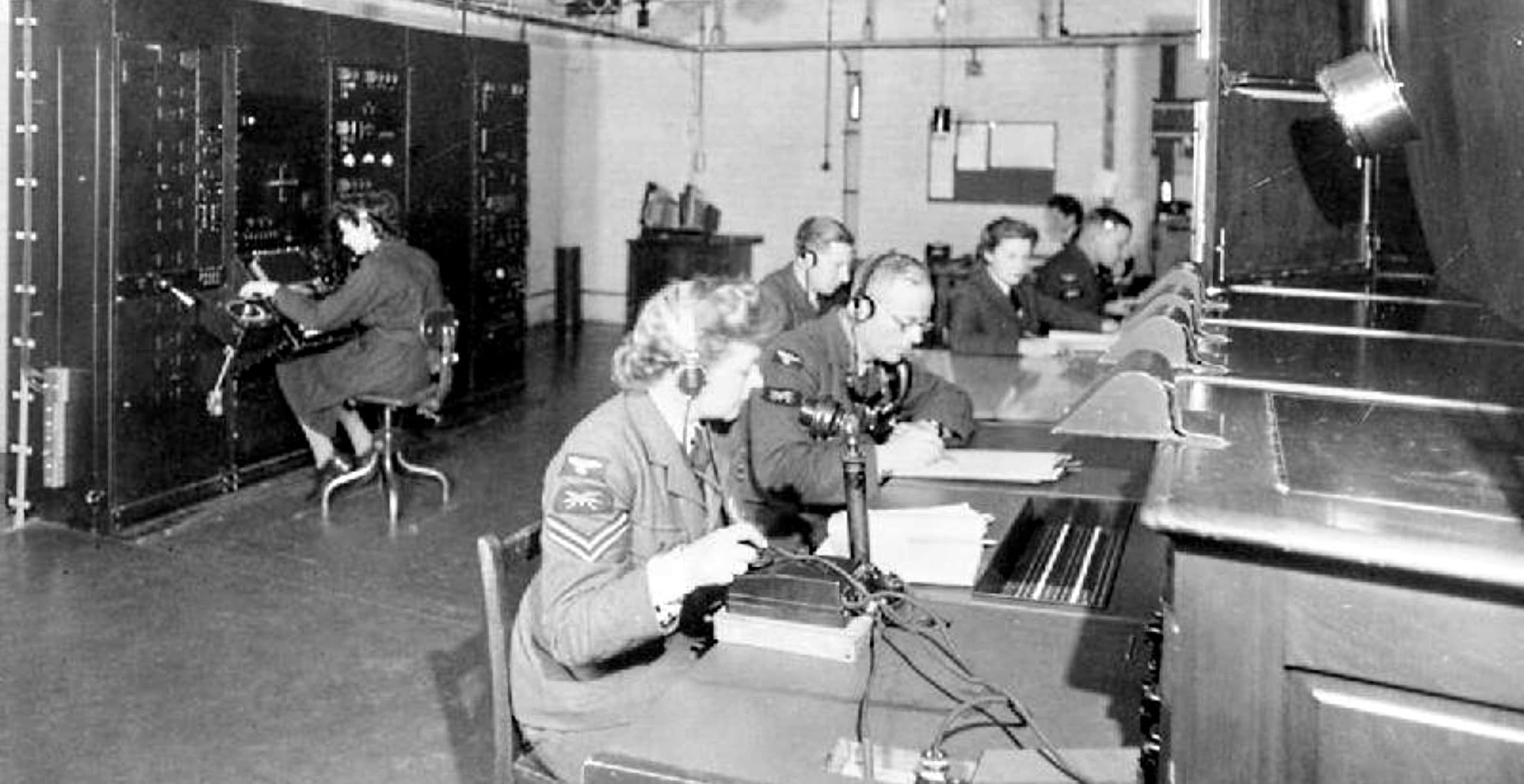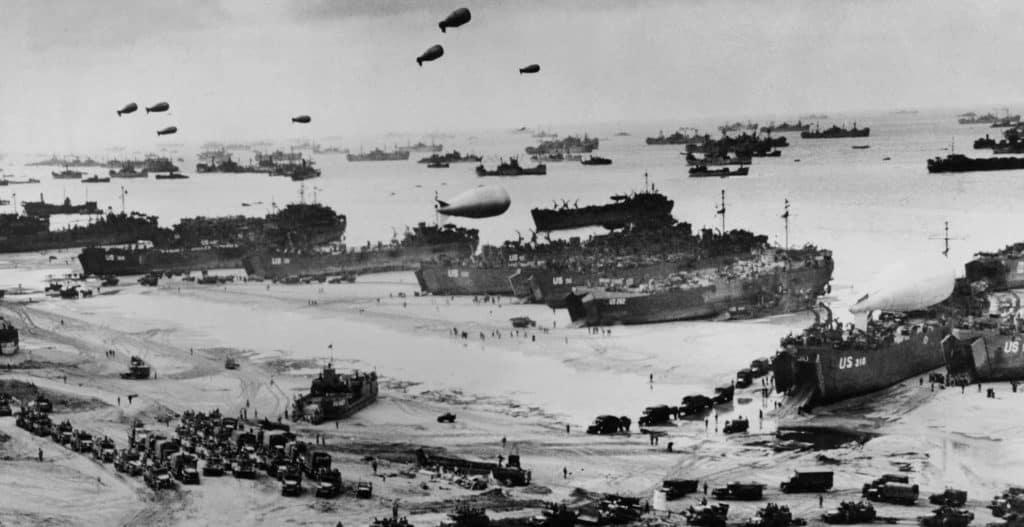It is remarkable to think that the Second World War ended 67 years ago and while this country and the world as a whole are littered with memorials, one significant group of servicemen has still been overlooked.
At last though, this summer (2012), the airmen of Bomber Command will finally be commemorated as their own memorial is dedicated in London’s Green Park to honour the 55,573 airmen who lost their lives. Sadly it has come far too late for many of those who survived the conflict and the recent passing of Robin Gibb, who championed the memorial for over three years, indicates just how overdue recognition is.
Over 3,700 of the men honoured on the new memorial will be from 8 Group (Pathfinder Force (PFF)) who, from 1942, led almost every raid over occupied Europe and flew many more on their own. Equipped with the latest technology and marking techniques, the PFF turned a command that was on the verge of being dissolved into a force that could ultimately help to bring about the end of the Second World War. These experienced airmen made a huge difference to the effectiveness of Bomber Command flying 51,053 sorties of the 360,056 sorties flown by all groups during the war.
During the early stages of the group’s existence the Pathfinders were all airmen who had a considerable number of operations already under their belt. By volunteering for the PFF airmen committed to another 60 operations which was later reduced to 45 to encourage more to join. As your number of operations increased, your odds of surviving were radically reduced and without any doubt, regardless of their skills or professionalism, the key factor to surviving was simply luck.
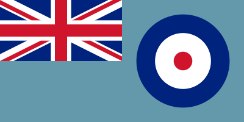
RAF Ensign
Those who were lucky enough to survive the whole experience lived in a world filled with contradictions where the war was fought frantically over the dangerous skies of Europe then after landing, the safety and relief of making it back in one piece must have been overwhelming. The day could be filled with the joy of riding a bicycle along a beautiful country lane and then, only hours later, the sheer terror of lethal flak bursting all around, or the stomach churning, adrenalin inducing effects of being hunted down by an enemy night-fighter. The latter happened to some aircrew almost every night while others seeming to glide through their tours without seeing an enemy aircraft. Once again it was all about luck and being in the right place at the right time.
The introduction of a Pathfinder Force from August 1942 undoubtedly helped to change the fortunes of Bomber Command. While not overnight, the command was steadily transformed from a token ‘hit and miss’ force to one that could deliver anything from a single bomb to hundreds of tons of bombs accurately onto a target anywhere in Western Europe.
The concept of an elite group was reluctantly accepted by Sir Arthur Harris, the C-in-C (Commander in Chief) of Bomber Command. ‘Cherry-picking’ crews was frowned upon at the time but it would have been the crème of crews that had the skills needed. Chief scientist and adviser Sir Henry Tizard summed up the predicament that Harris feared by saying, ‘I do not think the formation of a first XV at rugby union makes little boys play any less enthusiastically!’ The men of 8 Group were described by their C-in-C, AVM (Air Vice Marshal) Don Bennett as ‘….serious, studious, meticulous – and gallant. Their contribution to victory was unique’.
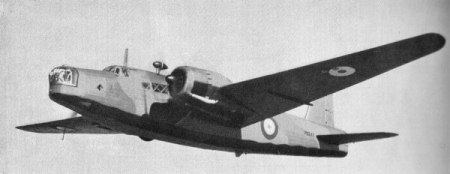
AVM Bennett was hard but highly respected taskmaster, who demanded the best from all of his crews who, in turn, always tried to deliver. From its earliest operations in August 1942, the Pathfinders operated the Halifax, Lancaster, Stirling and Wellington (pictured above) and later the superb Mosquito as well. It was Bennett’s wish from the outset to have an all-Mosquito and Lancaster force but this was not achieved until 1944, by which time the Pathfinders had fine-tuned a host of target marking techniques using the very latest technology of the day. The Mosquito was used highly effectively, forming its own unofficially titled Light Night Strike Force which operated virtually continuously, harassing the enemy even when weather conditions kept the ‘heavies’ on the ground.
The RAF Pathfinders: Bomber Command’s Elite Squadrons is a book that tells the story of a group of men who spearheaded one of the greatest air battles of the Second World War. The book presents a chronological month by month account of all of the PFFs major operations, both successful and unsuccessful. The tactics and techniques employed by 8 Group are covered in detail and the ground-breaking equipment they employed to carry out the demanding tasking. Good mention is made for the first time of people who championed the idea of an ‘elite’ force. Many individual actions have been brought up to date thanks to the availability of good reference material and unlimited access to archives.
Bomber Command could never have achieved its objectives without the Pathfinders and I hope that this book helps to highlight that fact. For more information or to purchase the book, please click here.
By Martyn Chorlton.
Published: 7th January 2015.
